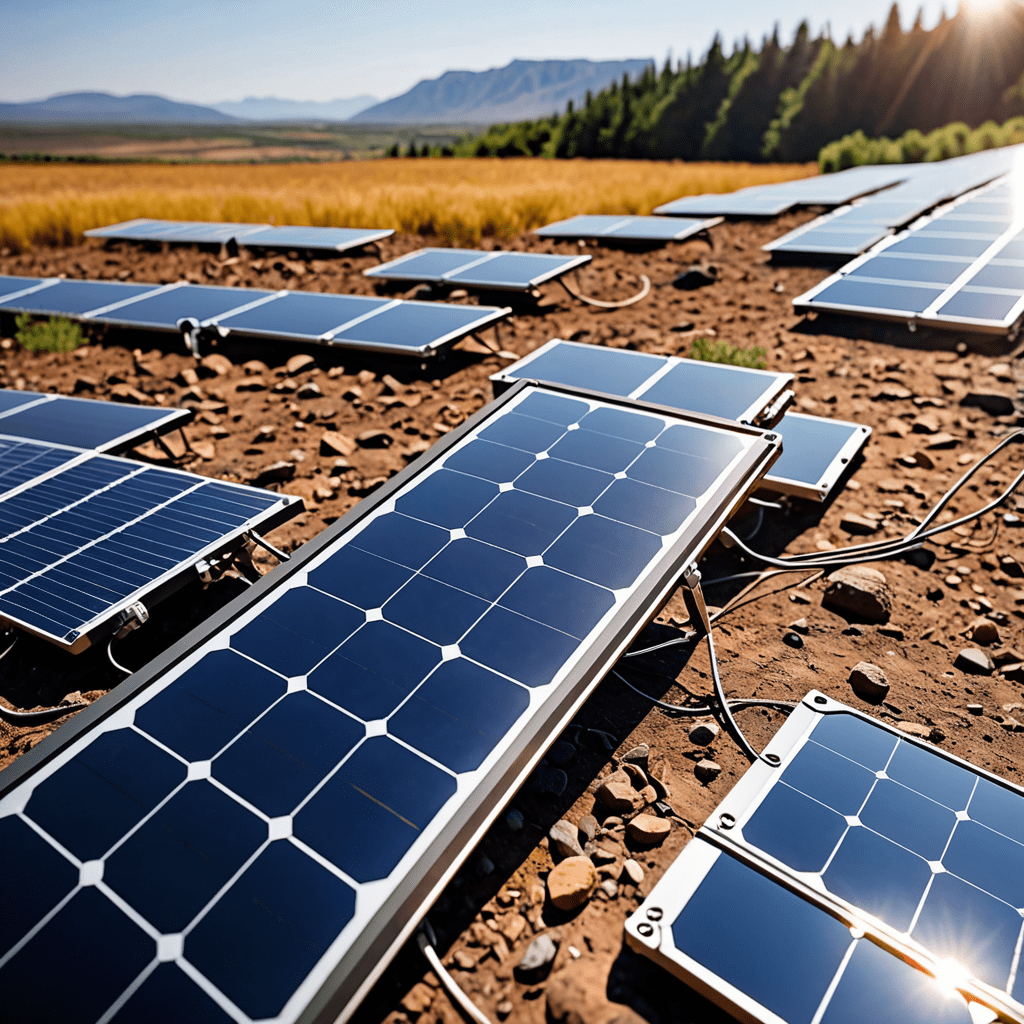
Wind Energy’s Integration with Energy Markets
The Rise of Wind Energy
Wind energy has emerged as a key player in the world of renewable energy. Harnessing the power of wind through turbines, this form of energy has gained significant momentum in recent years as a clean and sustainable alternative to traditional fossil fuels.
Integration with Energy Markets
The integration of wind energy with energy markets is a crucial aspect of the transition towards a more sustainable energy landscape. Wind power plants are now being connected to energy markets to ensure a steady and reliable supply of electricity to consumers.
Impact on Energy Pricing
One of the significant impacts of integrating wind energy into energy markets is its effect on pricing. The variable nature of wind energy production can influence market prices, leading to fluctuations based on the availability of wind resources.
Grid Stability and Balancing
Integrating wind energy into energy markets requires careful consideration of grid stability and balancing. Since wind power generation is intermittent, grid operators need to implement strategies to balance supply and demand effectively.
Technological Advancements
Technological advancements in the field of wind energy have played a key role in its integration with energy markets. Improved turbine efficiency, energy storage solutions, and predictive analytics have enhanced the reliability and performance of wind power plants.
Policy and Regulatory Frameworks
Successful integration of wind energy into energy markets is also dependent on robust policy and regulatory frameworks. Governments around the world are implementing measures to incentivize the adoption of wind power and ensure its seamless integration into the existing energy infrastructure.
The Future of Wind Energy Integration
Looking ahead, the future of wind energy integration with energy markets seems promising. As technology continues to evolve and policies favor renewable energy sources, wind power is expected to play an increasingly essential role in meeting energy demand while reducing carbon emissions.
By embracing wind energy and its integration with energy markets, we can pave the way towards a more sustainable and environmentally friendly energy future.
FAQ on Wind Energy’s Integration with Energy Markets
What does it mean for wind energy to integrate with energy markets?
Integrating wind energy with energy markets refers to the process of incorporating wind power generation into the existing electricity markets. This involves managing the variability of wind power production and ensuring its efficient utilization within the energy grid.
How does wind energy integration benefit energy markets?
Wind energy integration offers several advantages to energy markets, including reducing reliance on fossil fuels, lowering carbon emissions, enhancing grid flexibility, and promoting energy diversification. It also helps in meeting renewable energy targets set by governments.
What challenges are associated with integrating wind energy into energy markets?
Challenges in integrating wind energy with energy markets include the intermittency of wind resources, grid infrastructure limitations, forecasting accuracy, market design complexities, and regulatory hurdles. Addressing these challenges is crucial for a successful integration process.
How can wind energy be effectively integrated into energy markets?
Effective integration of wind energy into energy markets requires advanced grid management technologies, improved energy storage solutions, enhanced forecasting techniques, supportive policies and regulations, collaborative market designs, and investments in grid infrastructure upgrades.

